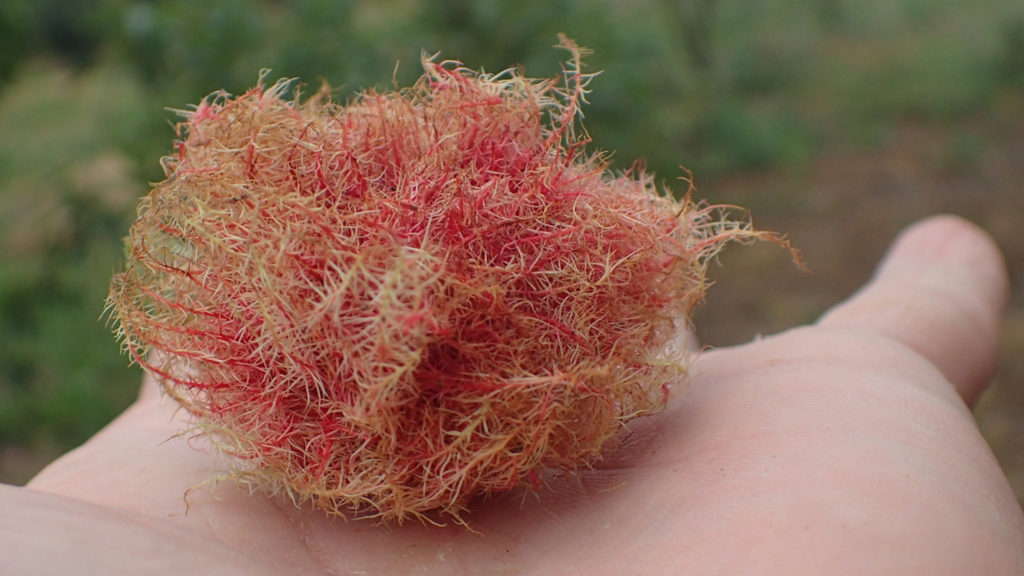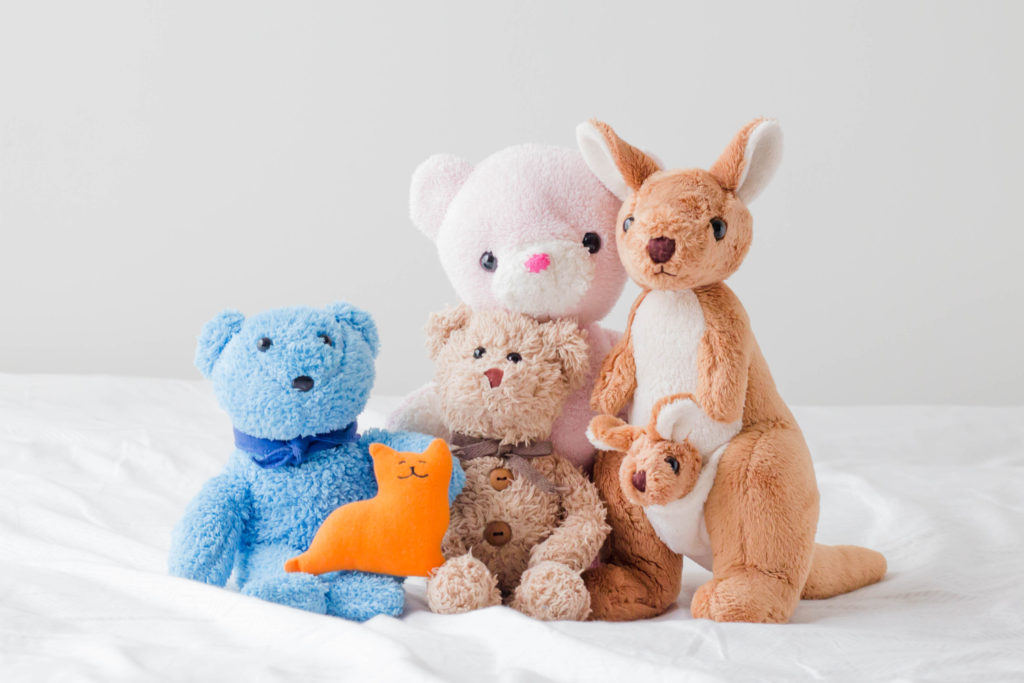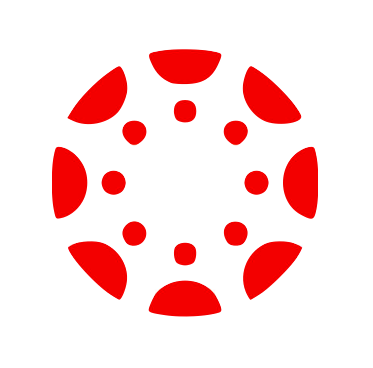Guide 2A Interactions
Products
Quiz and Journal Pages
Review Guide 2A Contents
Interactions Guide Objectives
This guide’s quiz has four questions; one matching each objective.
Species Interactions
Animals
Invertebrates
Insects
Interactions Guide Quiz
Guide 2A Journal Assignment #5
Introduced in the Species Interactions section of this guide:
Journal Page #5: Gall Description
Note: if available, we may provide oak galls for this assignment; you can sketch, label, and describe either oak gall or rose gall interactions for this journal page.
You will be providing a rich description of the gall, including a sketch, labels, and explanatory text. You can also include a photo screen grab from the video, if desired.
Select a view from the video and sketch the gall. Label the part that is the plant scar, and where the insect larvae are located. Also include a brief explanation of this type of interaction, including how the participating organisms are impacted (benefit, harmed, or no impact).
We are also providing videos of rose galls found in the Willamette Valley (see below).

You are turning in a journal page that includes:
-
a labeled sketch of a gall that includes the plant and where the larva are located.
-
a description of the gall interaction, including what type of interaction is occurring and the impact on both participating species.
Guide 2A Journal Assignment #6
Introduced in the Animals section of this guide:
Journal Page #6: Animal Reflection
Journaling, whether on paper or on a device, gives the brain an opportunity to recall what it has learned over time. Unfortunately, education is usually so rushed, we often don’t spend time reflecting on what we already know.
On this journal page, you will be writing about two animal experiences you have in your lifetime. The first is your earliest memory of an animal. It could be a pet, a toy, an animal in a movie, etc. Many famous researchers point to childhood nature experiences as their motivation to pursue science education.
Your second reflection is to choose the animal you would most want to research if you were a biologist, and to try to recall where you previously learned about that animal. It could be from a movie, a class, someone’s story, a combination of sources, etc. Sources of science learning can be varied and unexpected, and motivating to pursue further learning experiences.

Include in your journal page reflection:
- your earliest memory of an animal.
- the animal you would want to research and where you learned about that animal.




